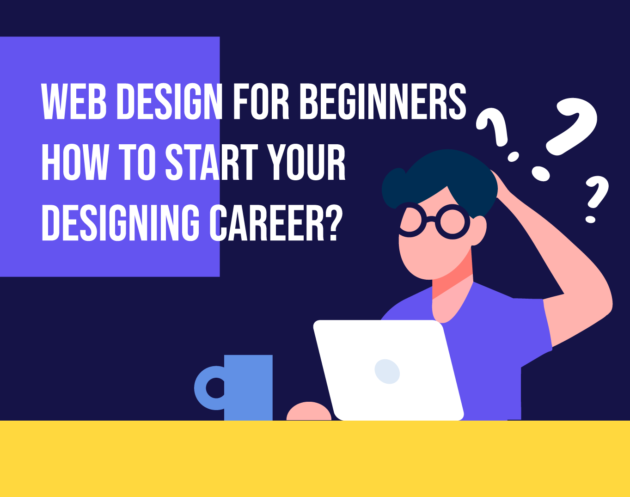Trying to get potential customers to visit your website will make you probably spend much attention and money. However, attracting customers is only one part of the job, the other part is a bit more challenging. You need to convince users to spend money on your products. That is where pop-up design comes in pretty handy.
Regardless, most customers will make multiple visits first, before deciding to buy a product, so the chances are very small that a customer will convert after just the first visit.
But we know that there are a handful of strategies you can use to reduce the average number of visits needed by customers to complete a conversion, and thus increase the likelihood that you will convert customers on your first visit.
One of those powerful strategies is exactly what we’re going to talk about today, and that’s Pop-ups. Pop-ups allow you to highlight special offers, promotions, and discounts to drive sales or collect email addresses to entice people to perhaps make a purchase later.
What is a Pop-up?
Quick definition: The term Pop-up refers to a graphical representation of the user interface, these are windows that appear suddenly and can be of various sizes and positions on the screen, mostly without the permission of the visitor.
Pop-ups typically generate websites with JavaScript code embedded in HTML web pages. For example, a drop-down menu or taskbar can be considered pop-up forms. It is a form of online advertising that serves as a way for advertisers to attract attention, however, users can become annoyed.
The Effectiveness of Pop-ups
When good pop-ups are used, a good portion of website users will leave their contact information. Although we will agree, many of us as website visitors will say that we do not like this type of advertising.
That’s why it’s worth taking the time to see which special offers work best, to get visitors to sign up for your email list. Collecting information in a way that does not irritate your visitors allows you to contact them immediately via email, or to persuade them to return as customers over time.
In fact, an increasing number of marketing professionals are using these advanced techniques and tools to create good pop-ups on their official websites. They use pop-ups as an integral part of their websites to drive traffic, e-commerce, and generate leads, not just as part of their marketing campaigns.
Are Pop-ups Important?
Pop-ups are a multifunctional tool that can help you turn traffic to your website into marketing leads.
These ads are basically a type of marketing strategy that is mainly aimed at advertising products/services and increasing the volume of traffic on the website.
They are usually created using JavaScript and appear as a secondary browser with the main browser window that the user is viewing. Ad content varies depending on the type of message the brand wants to convey to its audience.
Most Internet users find pop-up ads intrusive and use various pop-up tools to browse the pages, and these ads are still considered a great way to get users’ attention and drive them to buy products or subscribe to their services.
How to Create Pop-ups That Don’t Annoy Your Visitors
Even the best, the most creative, the most entertaining, the most expensive commercials are nothing but a distraction. But pop-up ads – as the name suggests – have a reputation for being particularly intrusive.
That is why pop-up design is extremely important: pop-ups can be not only bearable but also convincing. Here are just a few tips:
Weigh your options for pop-up design styles
The most basic and most common pop-up window is the square window that appears in the middle of the screen. The advantage here is that it is impossible to miss. It is only because it cuts directly through the user’s vision, and catches the eye.
While there is nothing particularly wrong with the traditional pop-up, it is often used as the default when there are so many other (potentially more efficient) options to consider.
Another reason that is sometimes overlooked is animation. The way a pop-up window comes to the screen can make a big difference in the way it is received.
Approaches to a greater effort. Displaying different elements of a pop-up window through separate, unique animations. Also, make the pop-up window look less like an ad and more like a useful, creative feature of a webpage.
Keep the pop-up in line with branding
As if a pop-up window is not enough. To attract attention, webmasters often create as many bells and whistles as possible. This is bad because it can lead to designs that overemphasize the call to action (CTA).
Designers should allow pop-ups to fit the rest of the site’s branding. By using a visual hierarchy to prioritize information and compelling images, you will attract the attention of visitors.
This will lead to a cleaner look, but not only that, but it will also establish the credibility of pop-ups. So that they appear not only as a simple trick but as an opportunity.
All in all, such fraudulent techniques indicate a lack of confidence in the value of the pop-up offer.
The ability to close is of course a crucial part of the pop-up design. But still, the point of pop-up ads is to convert or be useful in some way, not just to close.
As for the design, one X button in the upper right corner of the window will usually be enough. It is, in principle, the most natural place that the visitor will look at first.
Many designers point to the close button. That is not a bad tactic because the ability to close windows should not be hidden. But, on the other hand, it should also not be the most prominent thing in the pop-up window.
Elevate Your Pop-up Design!
In the end, it’s all a matter of perspective. Pop-up design can either cut off visitors with an advertisement or warn them of an opportunity.
While the ideas we’ve provided here are a good place to start, a decent pop-up design ultimately depends on working with a good designer.
Inkyy web design studio is here for you. Don’t worry, we will make your Pop-up design shine and attract new customers.




